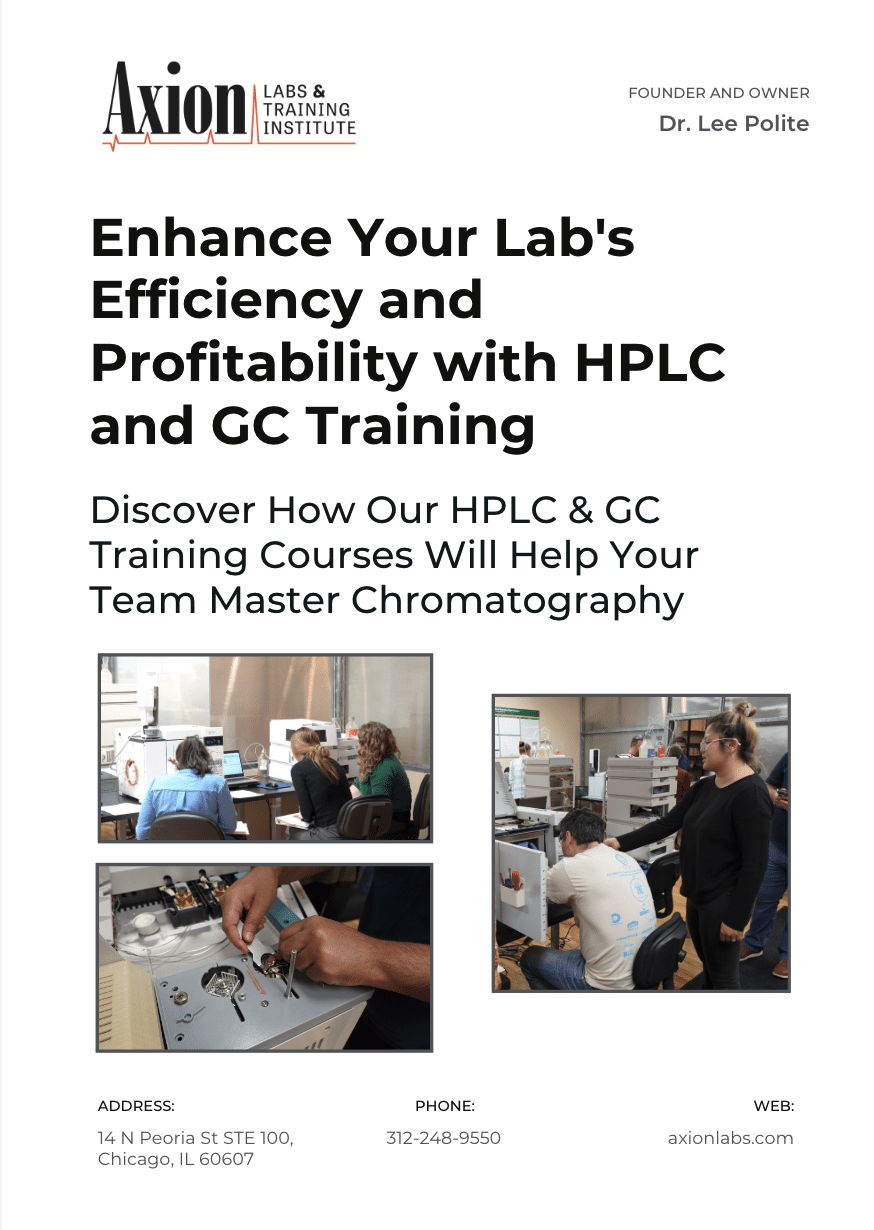Does Acetonitrile Contain Amine Impurities That Affect HPLC Pumps?
I’ve read that acetonitrile can have amine impurities and form deposits in pump components over time. Is there a procedure for flushing the system to remove these components?
Is Acetonitrile Safe to Use in HPLC Systems?
First, let’s address the acetonitrile issue. Personally, I’ve never had a problem with it. I have 12 HPLCs set up, and two of them run acetonitrile 24/7. I’ve never seen the issue firsthand, but I’ve heard about it from others.
During my 15 years teaching and writing classes for Agilent, one HPLC training slide mentioned not storing columns in:
- 100% aqueous solvent – which I agree with.
- High buffer concentrations – which I also agree with.
- 100% acetonitrile – but there was no cited reference to support this.
I’ve searched extensively, and I haven’t found a definitive source discussing a widespread acetonitrile issue.
Can Acetonitrile Cause HPLC Check Valve Issues?
If you ask the team at Optimize Technologies—the leading experts in HPLC fittings, cartridges, and check valves—they mention that most HPLC systems use ruby check valves (which contain ruby balls). Some researchers speculate that acetonitrile might contribute to polymerization or sticky residues in these check valves.
If you suspect an issue, Optimize Technologies offers ceramic check valves, which could be a solution. This is one of the only sources I’ve found that discusses a real-world issue with acetonitrile in HPLC pumps.
Which HPLC Systems Are Most Affected?
Some users report more issues with older Waters HPLC systems, particularly the Alliance models. The claim is that if acetonitrile is used continuously, it may start to self-polymerize, creating a sticky residue.
How to Flush an HPLC System Affected by Acetonitrile Deposits
If you experience sticky residues in your HPLC pump (though, again, I’ve never seen it happen personally), flushing the system with the following solvents may help:
- Acetonitrile + methanol
- Acetonitrile + isopropanol
- Methanol or isopropanol alone
Introducing a different solvent can help dissolve any polymerized residues or impurities that may have formed.
Can You Use 100% Acetonitrile in HPLC?
Absolutely! We use 100% acetonitrile all the time in HPLC. While there are anecdotal reports of polymerization issues leading to sticky check valves, most users never experience any problems.
Why Buffer Concentration Matters More Than Acetonitrile
The biggest issue with acetonitrile in HPLC isn’t polymerization—it’s buffer precipitation. Acetonitrile is a poor solvent for buffers.
- Avoid exceeding 25 mM buffer concentration in your mobile phase.
- If you run a gradient from 100% buffer to 100% acetonitrile, buffer precipitation can occur above 70% acetonitrile.
- Precipitated buffers can clog HPLC columns and cause high backpressure.
Final Takeaways on Acetonitrile in HPLC Pumps
- 100% acetonitrile is safe for HPLC use.
- Polymerization issues are rare, but some users report sticky check valves.
- Optimize Technologies recommends ceramic check valves for those concerned.
- Buffers and acetonitrile don’t mix well—keep buffer concentrations below 25 mM to prevent precipitation.
A long answer to a great question! But in summary: Yes, you’re fine using 100% acetonitrile in HPLC. Just be mindful of buffer concentrations, as they cause more problems than acetonitrile itself.

